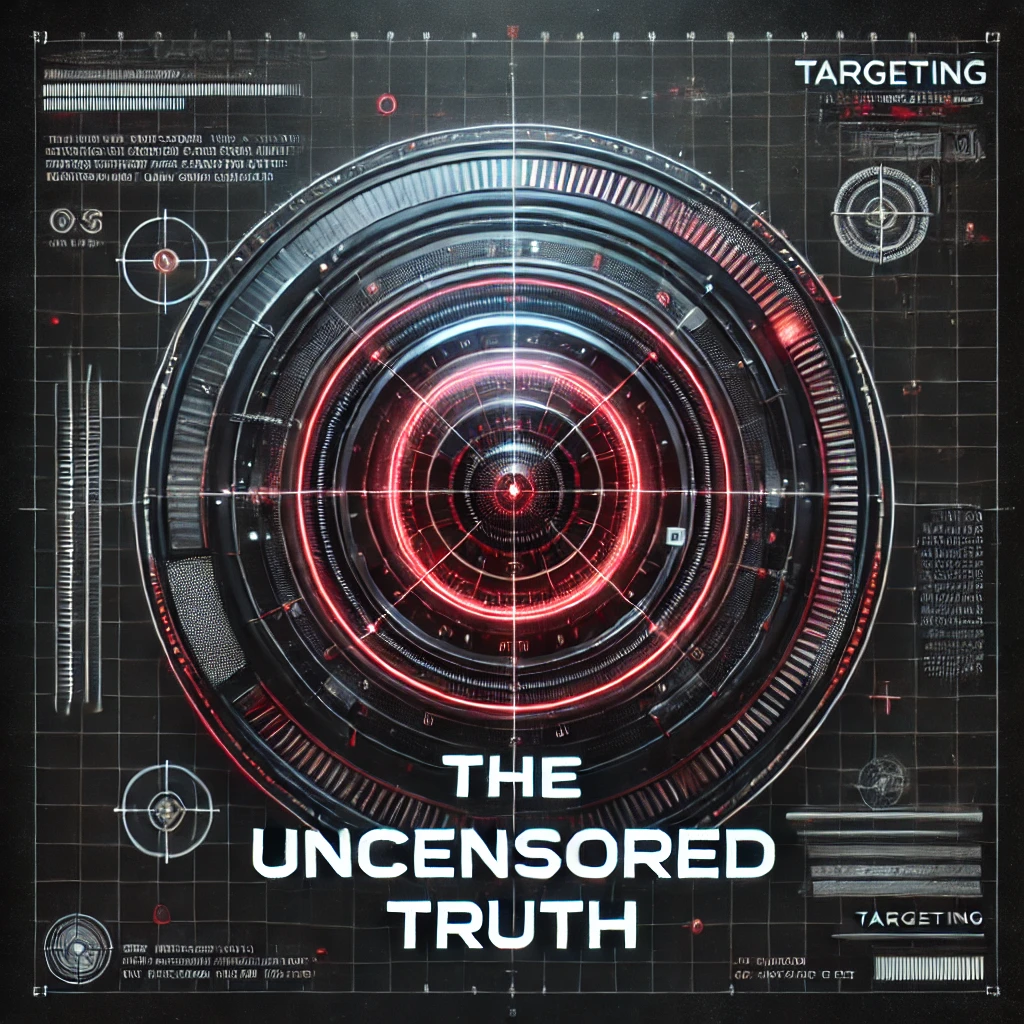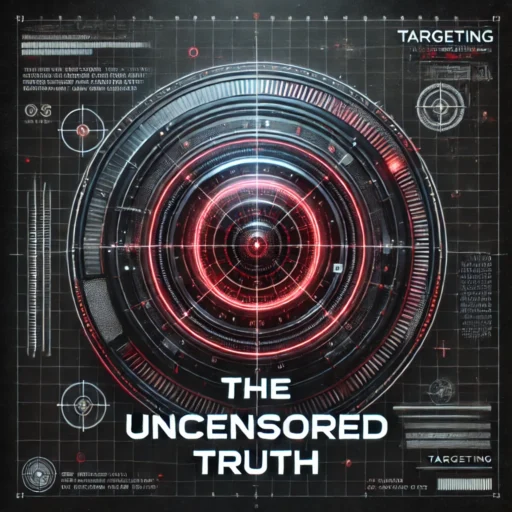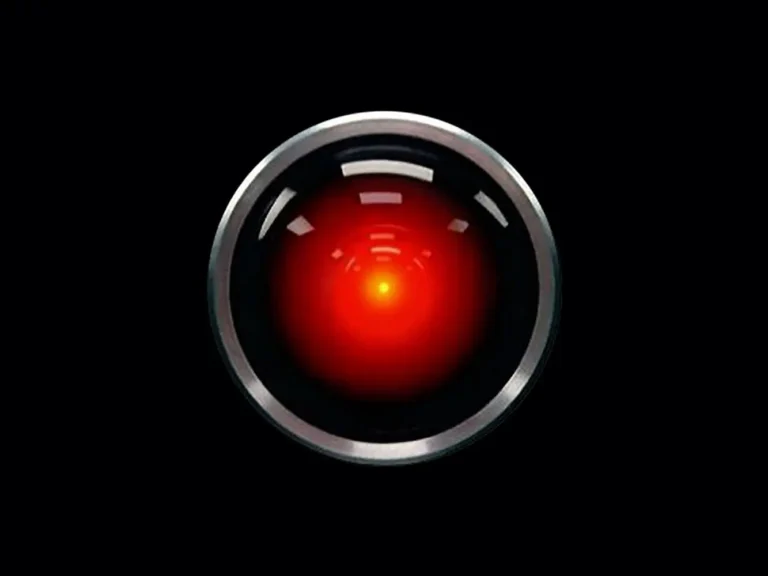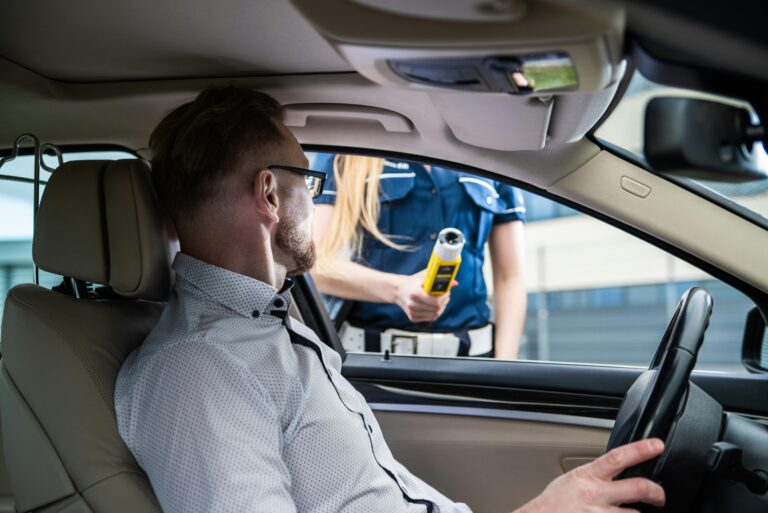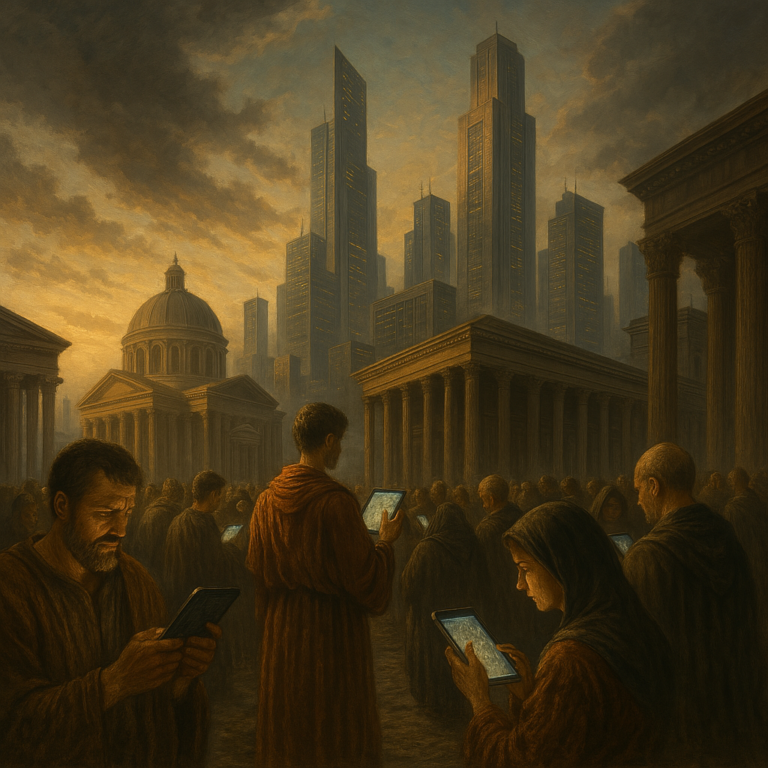
Part IX: When Governance Becomes Code, and Obedience Becomes Default
History’s greatest conspiracies weren’t born from secrecy alone — they thrived in the open, beneath banners of progress, protection, and peace. Kings cloaked their power in divinity. Churches veiled it in salvation. Democracies buried it beneath the ballot box. But now, in the 21st century, power wears no robes, utters no sermons, and casts no vote.
It compiles.
It calculates.
It corrects.
The age of the technocracy has begun — and most people won’t even notice it.
I. What Is Technocracy?
Technocracy is rule by expertise — a system in which unelected scientists, engineers, and data analysts design, implement, and enforce policy. In theory, it sounds like a utopia: decisions based on data, not ideology. In practice, it means governance through infrastructure — where human judgment is replaced by algorithmic instruction, and dissent becomes a systems error.
The 20th century flirted with technocratic ideals. The 21st is marrying them — not through revolution, but through interface updates, digital IDs, carbon dashboards, and behavioral scoring systems.
Where once there were governments, now there are platforms.
Where once there were rights, now there are permissions.
Where once there were laws, now there are terms of service.
II. Governance Without Consent
Consent — the foundation of democratic systems — is being quietly replaced with automated compliance. You don’t need to agree to a policy if your access to transportation, finance, or healthcare is conditional on passive acceptance.
In a technocracy:
-
- You don’t vote on the system — you update the app.
-
- You don’t debate policy — you adhere to the interface.
-
- You don’t question authority — because the authority is ambient, data-driven, and distributed.
Modern technocratic systems function like well-designed mazes:
You can go anywhere — as long as it’s on the path they built for you.
III. Predictive Governance and Algorithmic Justice
One of the pillars of the emerging technocracy is predictive policing and risk modeling. Already in place in cities across the U.S. and UK, these systems use historical data to forecast where crimes might occur and who is statistically likely to commit them.
But as predictive analytics enter healthcare, education, and employment, the line between prediction and preemption begins to blur.
-
- Denied a mortgage due to future “risk indicators”
-
- Flagged for psychological screening because of “problematic” online behavior
-
- Passed over for jobs due to poor ESG scores or algorithmic mismatch
The algorithm doesn’t accuse you.
It simply adjusts your opportunities.
In the technocracy, punishment becomes irrelevant.
Control is achieved through predictive exclusion.
IV. The Infrastructure of Obedience
A technocracy doesn’t need jackboots — it needs architecture.
🔹 Digital ID Systems
Governments worldwide are pushing for centralized, biometric-based digital ID frameworks. Under these systems, your access to services, employment, travel, and even speech can be toggled like a settings panel.
Once integrated with financial systems and social media accounts, dissent becomes a permissions issue, not a political one.
🔹 Central Bank Digital Currencies (CBDCs)
Unlike cash, CBDCs are programmable. Governments or central banks can:
-
- Prevent certain purchases
-
- Enforce expiry dates on stimulus
-
- Freeze accounts with the click of a button
Imagine a world where your spending is conditioned by your compliance — with your digital wallet acting as both bank and behavioral supervisor.
🔹 Smart Cities & 15-Minute Zones
Framed as sustainability efforts, smart urban zones embed AI surveillance, behavioral tracking, and movement controls directly into infrastructure.
Geo-fencing, carbon limits, travel permissions — all managed not by elected officials, but by pre-approved automation scripts.
V. Post-Human Morality
As artificial intelligence integrates with healthcare, finance, education, and governance, the definition of morality itself is being delegated to machines.
Large Language Models are already being tuned to:
-
- Refuse to answer controversial questions
-
- Flag “harmful” ideological positions
-
- Align with institutional “values” by default
This is more than content moderation — it’s the beginning of belief standardization, where ideological variance is treated as a systems vulnerability.
In a technocracy:
-
- Debate is an inefficiency
-
- Ambiguity is a bug
-
- Individual thought is a variable to be resolved
VI. Engineered Reality
The next phase is already emerging: reality as a service.
Virtual and augmented reality platforms (like Apple’s Vision Pro or Meta’s Horizon Worlds) aim to create persistent, programmable environments where experience itself is mediated.
-
- Education tailored by state-aligned AI
-
- Social interaction filtered by ideological compatibility
-
- News and historical narratives adjusted in real-time by preference or authority
These systems will sell empowerment — the ability to “control your reality.”
But in truth, you will only be able to choose between approved variations of the same story.
As Yuval Noah Harari, advisor to the World Economic Forum, put it:
“We are no longer just hacking computers. We are now hacking humans.”
VII. Consent Becomes Obsolete
In a world governed by technocracy, you won’t need to say yes — because every system you interact with will presume your compliance.
You’ll log in with your face.
You’ll transact through behavior-linked wallets.
You’ll speak within the margins of programmable acceptability.
And when you step out of line, no one will knock at your door.
You’ll simply find that the door no longer opens.
This is control not through violence or intimidation, but through design.
Obedience becomes the default user setting.
Conclusion: Beyond the Conspiracy
We’ve followed conspiracy across millennia — from divine kings and papal decrees to radio broadcasts and search algorithms. What began as ritual obedience has become predictive alignment. What once demanded faith now only requires convenience.
But in every era, one truth remains:
The goal of power is not destruction — it’s predictability.
Not to punish, but to engineer.
Not to silence — but to shape.
The technocracy does not rage or threaten.
It recommends.
It guides.
It nudges.
And in doing so, it replaces your will with its own — so subtly that you believe the choice was always yours.
The Final Question
This is where the history of conspiracy leads: not to tyranny, but to something worse — a world where tyranny is unnecessary because the population already behaves as desired.
Will you notice when it happens?
Will your children recognize what they’ve lost?
Or will they grow up in a world where obedience is mistaken for virtue, and freedom is dismissed as inefficiency?
The technocracy is here.
The question is no longer how to stop it —
But whether anyone will remember what it replaced.
